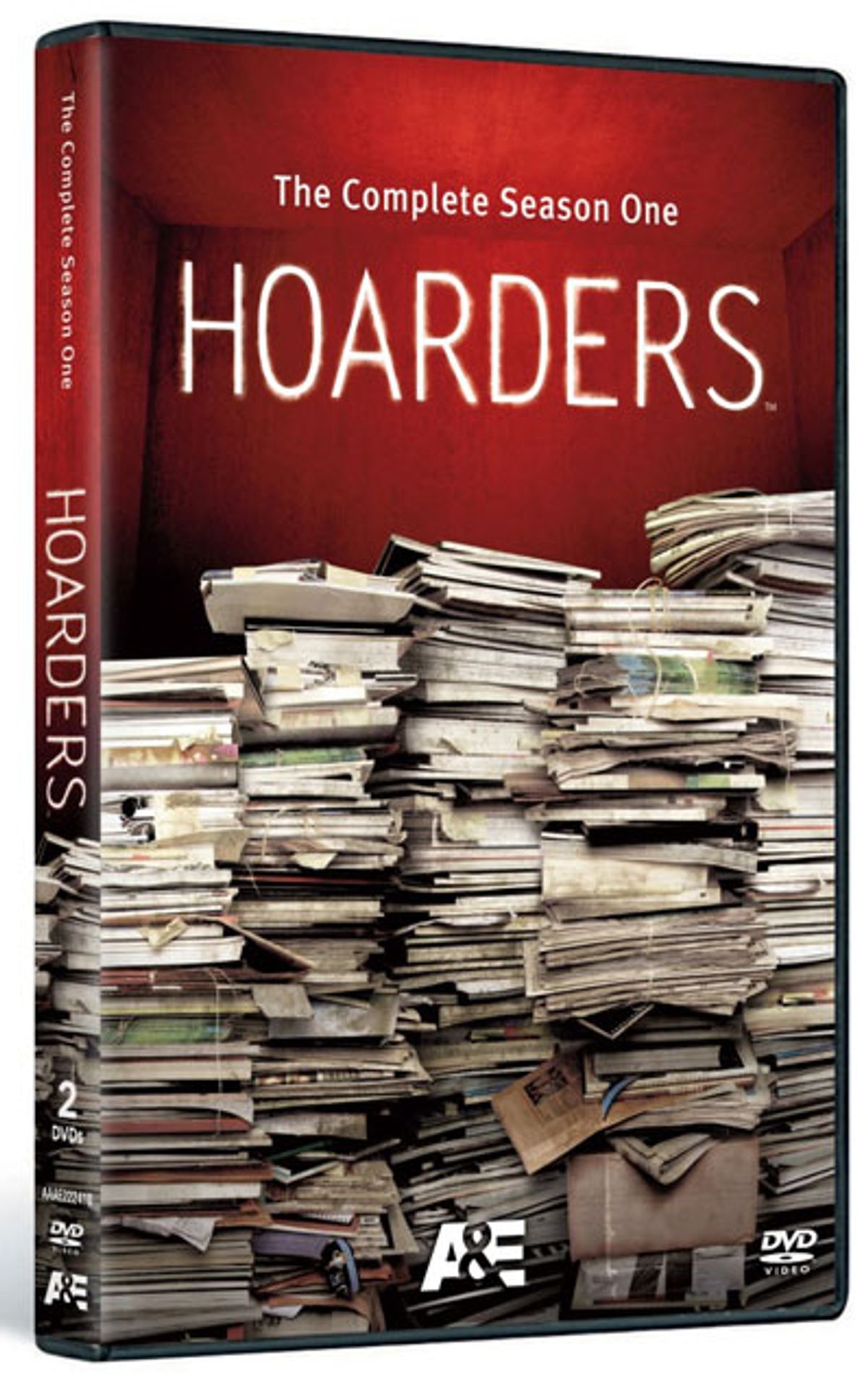
It might be time to ask yourself some tough questions.
Recently I watched an episode of Lifetime’s Hoarders. Never again. I felt like a creepy voyeur spying on mentally unstable people as they schlepped across worn carpet through narrow trails carved between floor-to-ceiling stacks of newspapers, boxes of shoes, broken appliances, and garage-sale baby clothes. After 25 minutes, I felt strangely claustrophobic, a little sad, and self-righteously smug.
The next day, I went into my garage and saw my pile of amps, separated into three stacks: (1) Working. (2) Dead but fixable. (3) Dead but not going anywhere—just in case. These amps are squeezed between stacks of road cases that spill over into one of the parking spaces. On the other side are a drum set and a small PA with its mains and wedges covering the second parking space.
Three paths separate these gear piles: one leads to the driveway where my ’96 Mercury Grand Marquis has a Tele and amp waiting in its ample trunk. The other leads to a closet crammed full of guitars, speakers, tubes, strings, and pedals (one big box of broken pedals, one equally big box of working stomps I don’t like). The third path leads inside my house where I have a studio full of gear and a bedroom lined with guitars. Occasionally my gear takes over the entire living room during late-night, buzz-fueled guitar/pedal/amp shootouts and experiments.
If somebody peered through the cracks in my blinds, I’d look like a mentally unstable hoarder. Which makes me wonder: Am I? I don’t know, but I could definitely qualify for a Hoarders: Gear Geek Episode.
It’s easy to get greedy when it comes to guitars. Since I was 15, I’ve spent tens of thousands of hours leafing through magazines and catalogs, searching the net and music stores, and watching hours of MTV and VH1 (back when they showed music videos)—all this just to see guitars. To this day there are huge holes in my education because I spent most of math and science class drawing designs of guitars on my notebook. It’s like a porn addiction, only more embarrassing and harder for the straights to understand. Like a seemingly normal, suburban housewife who ends up turning tricks for crack, one has to wonder, how did this happen? The answer is: Slowly, then all at once.
First, you connect to music on a fundamental level. Then the specific sound of a guitar seduces you. Then you pick one up. If it feels really good in your hands, you’ve stepped onto the slippery slope. After that, just looking at guitars triggers a shot of endorphins. Before long you’re trolling through dodgy gear sites late at night and going to music stores when you don’t need anything.
I want to be like my friend Larry DiMarzio—he totally has the gear thing figured out. Where as I want to own every kind of guitar, L.D. owns just a few of the very best guitars ever made. Back in the day when Larry was working in New York making a name for himself as the secret tone weapon for the likes of Earl Slick, Al Di Meola, and Ace Frehley, he was living in a hotbed of still-affordable Holy Grail guitars. He bought a ’59 Les Paul, then bought another one. Compared them and kept the one that sounded best. Then he did that again and again and again, until he had the quintessential Les Paul. He did the same thing with 335s, Teles, Strats, and Gibson J-45s, and wound up with the best example of each. To play Larry’s old, battered J-45 acoustic is to know just what these are supposed to sound like at their absolute best, because this instrument won the Pepsi challenge every time.
Granted, following this method isn’t feasible for us mere mortals. Start with the fact that L.D. has great ears and knows what to listen for. Also, he was in the right place at the right time—NYC in the early ’70s. Finally, his tone quest was well funded by his company. All the money spent on these guitars was a research write-off because they provided the perfect baseline comparison for the pickups he was designing. I imagine Seymour Duncan has equally killer pieces (Jeff Beck’s Esquire comes to mind). The point is, L.D. owns guitars with a purpose.
Ultimately, there are three types of guitar owners: the player, the collector, and the hoarder. I’m a player who needs to cover a lot of sonic ground for my work, so I rationalize having a lot of guitars. Although I love having guitars around, I don’t want to be the guy that collects instruments I don’t play. People built these things to be heard. It feels wrong to own a guitar that spends all its days in a case, slowly turning to dust. Stash enough of these under your bed and you’ll feel a bit like a spoiled child who does not want to share his toys.
There’s the rub: Today I feel the same way about guitars as I did when I was a teenager. The only difference is now I make more money, so I’m like a teenager with a divorced father’s guilt-ridden credit card. I’ve got to grow up, reevaluate my gluttonous behavior, and make a distinction between my needs and wants. Specifically, I should fix or get rid of broken gear, jettison any guitar I haven’t played in over a year, and quit buying gear I don’t need. I probably won’t do any of these.
This is a cautionary tale: Save yourself while you can. It’s too late for me, but don’t worry. I’ll be okay, alone in my house with my gear.

